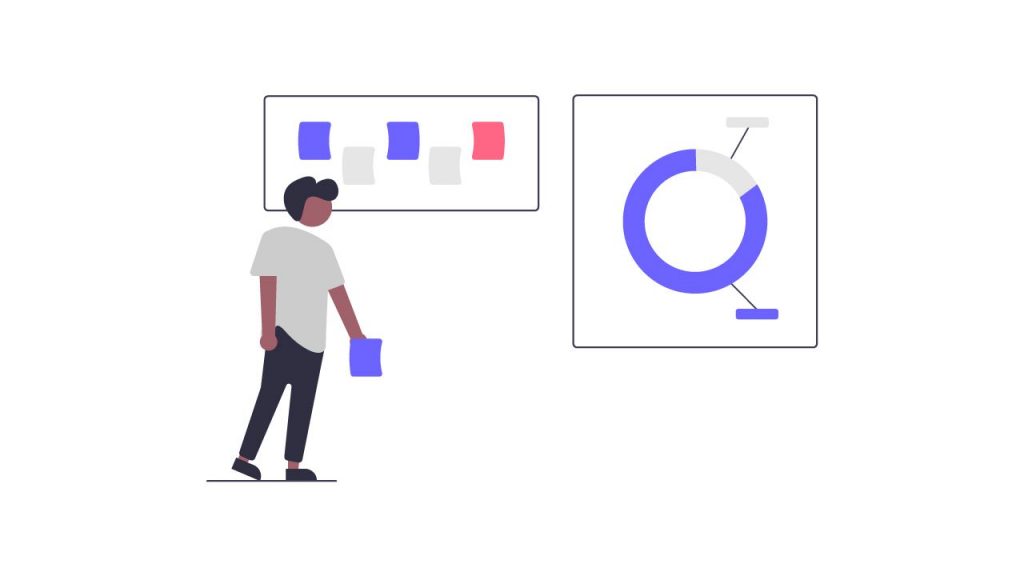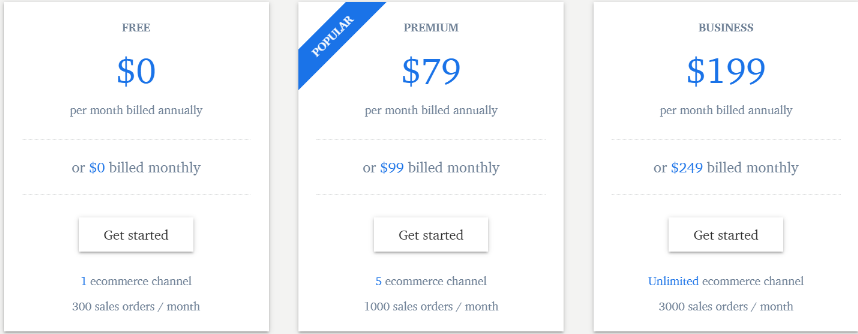Are you aware of upselling technique? It’s the strategy that helps to sell more to your existing customers. So, if you don’t have it in your sales strategies yet, it’s time to correct that mistake.

The upselling strategy has two key advantages for your business:
- Firstly, it helps generate more revenue from a single customer. And as the old saying goes, it’s more effective to invest in promoting more sales to your existing customers than acquiring new ones.
- Secondly, the efforts and financial resources to integrate upselling strategy are close to zero. Usually, many eCommerce stores can utilize upselling techniques by configuring some of their website backend.
So, there seems to be nothing to hold you back from renovating your business approaches with upselling. Having that said, let’s discuss “what is upselling?” in more detail below.
What is upselling?
Upselling is a widespread sales technique that “persuades” customers who have already purchased other similar products from a higher price niche. As it says in its name, you should push the buyer’s experience UP by selling something better, upgraded, or more advanced.
You most likely met upselling during your online shopping experience. For instance, you visit a smartphone website and choose a model issued in 2020. Then, a small banner appearing somewhere on the page suggests you also take a look at the upgraded version of your viewed smartphone. It’s more expensive. However, it also provides you with better features than the one you are currently interested in.
The example above gives a clear answer to the question “what is upselling?”. However, that’s not enough for you to understand the concept fully. Another term in eCommerce called cross-selling is the best peer for upselling and is often used in parallel with it.
So, let’s discuss it as well.
What is cross-selling, and how is it different from upselling?
Cross-selling is another widely used sales strategy when retailers suggest the buyer the supplementary purchase products to the already purchased item. In the previous example of smartphone purchase, a cross-selling strategy would suggest you buy a phone case, earbuds, or other accessories of the phone you choose.
The key difference between upselling and cross-selling is that upselling says the same product’s more expensive version, while cross-selling recommends other products compatible with the purchased one.
Nevertheless, the two tactics are often used mixed. So, if you’re interested in implementing upselling into your marketing strategy, we recommend you also learn the ropes of cross-selling.
Upselling benefits for your business
You got the main idea that upselling pushes your earnings up. However, this technique has some more good things going for it. Let’s discuss some of its top advantages below.
A deeper relationship with customers
Suggestions of upgraded products of the brand make the customer know the brand better. This enhances the brand-buyer relationship and increases customer loyalty. On top of that, when customers are offered better products, they feel they got better deals, and their purchase is more worth its money. Consequently, upselling significantly increases customer satisfaction.
Increased Customer Lifetime Value (CLV)
CLV shows the net contribution of a single customer to your brand. In other words, it indicates the revenue you get from the already acquired customers. Brands worldwide work hard to increase this metric, as it’s one of the key revenue factors, and upselling is one of the ways to get the CLV higher. By implementing the method of better suggestions to the buyers, companies increase earnings per customer.
Improved customer retention
Among other benefits upselling gives to customers, it’s also a great tool to make buyer’s life easier. They save time researching and finding better alternatives themselves and get ready suggestions relevant to their purchase history. This increases the quality of the customer service provided by the company, which, in turn, increases the customers’ desire to return to the brand again.
Great upselling examples
- A passenger passing an airline check-in process receives a suggestion to book a place on the business class instead of the economy class.
- A clothing shop offers a buyer customized T-shirts with any print for an additional charge.
- People buying a training course are offered a premium package with extended office hours from their lecturer.
- A cafe waiter suggests visitors make the chicken salad with shrimps and a special sauce.
- A jewelry shop offers to make the same styled ring from gold instead of silver.
What is upselling for SaaS products
Upselling shouldn’t necessarily be tied up to a physical product. The technique can also be utilized in the service sector, as well as for SaaS products. Actually, getting to the pricing page of any SaaS product will reveal how the industry uses upselling strategy.
For example, a multichannel inventory management software eSwap puts its three packages next to each other in a comparison format. This is done to highlight the benefits of upgraded packages over the basic plan for website visitors. The clear listing of features for each package highlights the additional benefits users can get for a higher price.

The right upselling approach for your business
We all know the “price” of impulsive purchases, right? Once you spend more than you planned, you’re usually happy in the first few minutes. Then you realize you didn’t need the product or service so much to spend money on it.
This small intro shows you a scenario in which your customers shouldn’t get in because of your adopted upselling approach. You should design your eCommerce store’s suggesting algorithm so that it adds value both to your business and your customers.
What does that mean? Recommendations should be relevant and highly useful for the buyers. They should not feel like they became the victim of the marketing promotion after purchase. Instead, they should think that the brand is backing them up by helping them have a better consumer journey, suggesting more valuable purchases.
Therefore, once again, ensure that your integrated upselling strategy creates value for the buyers. Otherwise, it will give you only a short-term increase in revenue. However, you will not experience sizeable uplift in your sales for the long term.







